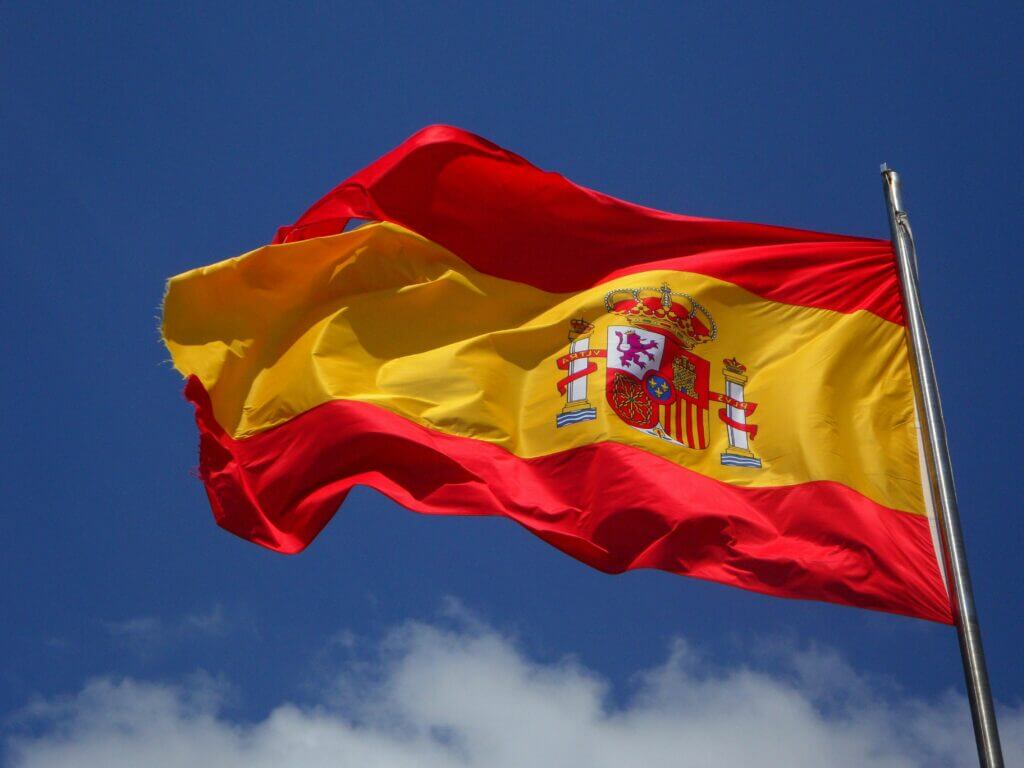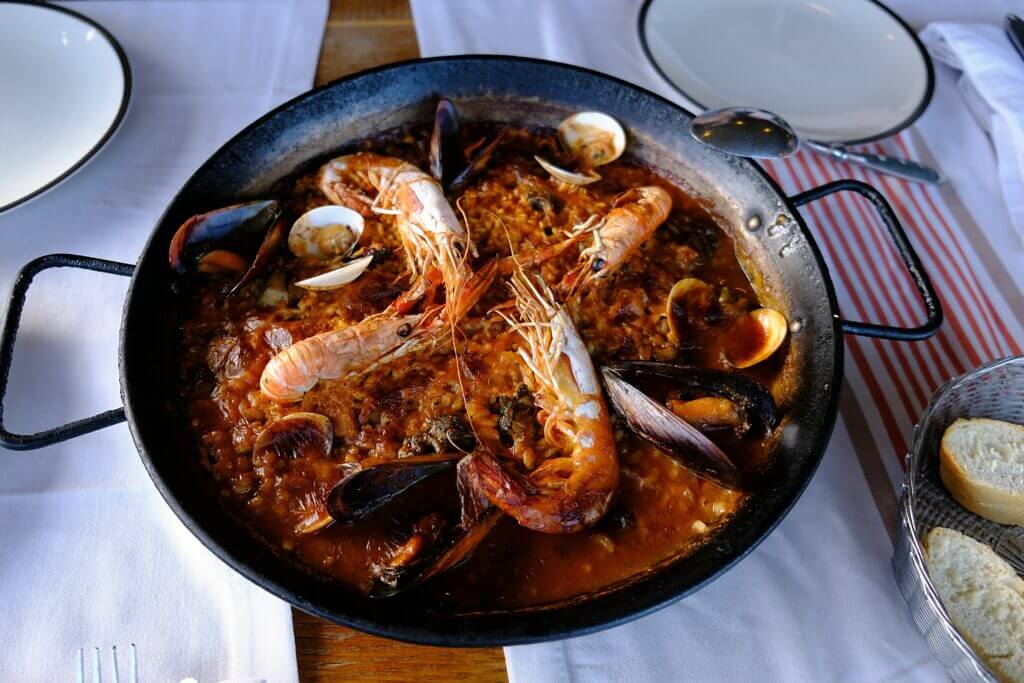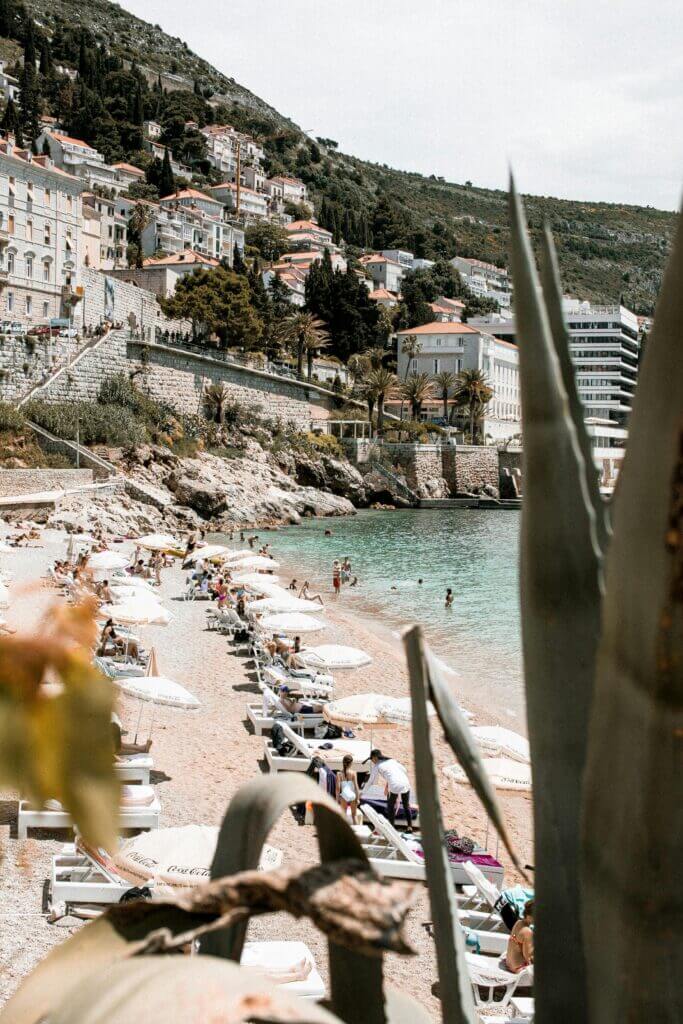Overcoming Language Barriers
Despite Spain being a popular destination for expats, the language barrier remains a significant challenge for many. While many Spaniards, particularly younger generations, speak some English, it’s still imperative to learn Spanish to fully integrate into the local culture and make the most of your experience.

Learning Spanish: Tips and Resources
Learning Spanish takes time and effort, but with the right resources and mindset, you can overcome the language barrier. Here are some tips and resources to get you started:
- Enroll in a language course: Look for courses that cater to your level, from beginner to advanced.
- Use language learning apps: Apps like Duolingo, Babbel, and Rosetta Stone offer interactive lessons and exercises. A little studying every day goes a long way to becoming fluent.
- Practice with native speakers: Find language exchange partners or tutoring services to practice your speaking skills.
- Watch Spanish TV shows and movies: Immerse yourself in the language by watching Spanish media with English subtitles.
- Read Spanish books and articles: Start with simple texts and gradually move to more complex materials.
Recognizing the importance of language skills, many expats and digital nomads prioritize learning Spanish before moving to Spain.
Communicating with Locals
Language is the key to communicating with locals, but it’s not the only factor. Understanding cultural nuances and customs can also help you connect with the Spanish community.
This is particularly important when dealing with everyday situations, such as shopping, dining, or asking for directions. By speaking Spanish and showing an interest in the local culture, you’ll be more likely to receive a warm welcome and helpful responses.
Dealing with Bureaucracy
For many expats, dealing with Spanish bureaucracy can be a frustrating experience, especially when language barriers are involved.
Overcoming these challenges requires patience, persistence, and a willingness to learn. By understanding the Spanish administrative system and seeking help from officials, lawyers or translators when needed, you can navigate the bureaucracy more efficiently.
Keep in mind that the process is often slow so be prepared for long queues, slow responses, and sometimes, unclear instructions. It’s important to stay calm and focused to avoid getting frustrated.

Understanding the Paperwork Process
Analyzing the paperwork process in Spain can be overwhelming, especially for non-native speakers. The language used is often formal and complex, making it difficult to understand what’s required. Be prepared to spend some time studying the documents and seeking help if needed.
Dealing with Red Tape
The red tape in Spain can be daunting, especially when it comes to submitting documents in person. Make sure you have all the necessary papers and copies before heading to the relevant office. It’s also a good idea to bring a Spanish-speaking friend or hire a professional who specializes in dealing with bureaucracy to help you navigate the process.
Getting Help with Official Documents
Slowly but surely, you’ll get used to the paperwork process in Spain. However, it’s always a good idea to seek help when needed. Look for online resources, expat groups, or professional services that can guide you through the process.
Plus, many towns and cities have offices dedicated to helping foreigners with official documents and bureaucracy. These offices, known as Oficinas de Atención al Ciudadano Extranjero (OACE), can provide valuable assistance and guidance.
Important notes: * Be prepared for a slow and sometimes frustrating experience when dealing with bureaucracy in Spain. * Plan ahead and allow plenty of time for paperwork and official documents to be processed. * Seek help when needed, whether it’s from online resources, expat groups, or professional services. * Take advantage of offices dedicated to helping foreigners with official documents and bureaucracy, such as OACE.
Spanish Cuisine


Limited International, Vegetarian, and Vegan Food Options
Now, let’s talk about the food options in Spain. While Spanish cuisine is delicious and diverse, you might find that international, vegetarian, and vegan options are limited, especially outside of big cities.
https://www.foodandwine.com/travel/classic-spanish-recipes
Finding International Cuisine
Internationally-inspired restaurants are not as common in Spain as you might be used to in your home country. However, you can still find some international options, especially in larger cities like Madrid, Barcelona, and Valencia. You might need to look a bit harder, but you can find Italian, Chinese, Indian, and other international cuisines.
Vegetarian and Vegan Options
The traditional Spanish diet is heavily based on meat, fish, and seafood, which can make it challenging for vegetarians and vegans to find suitable options when dining out. While there are some vegetarian and vegan restaurants, they are not as widespread as you might be used to. You might need to stick to traditional Spanish dishes that are naturally vegetarian or vegan, such as tortilla de patatas, ratatouille or gazpacho.
Options for vegetarians and vegans are slowly increasing, especially in bigger cities and tourist areas. However, it’s still crucial to learn some basic Spanish phrases to communicate your dietary needs, such as “Soy vegetariano/vegano” (I am vegetarian/vegan) or “No como carne/pescado” (I don’t eat meat/fish).
Cooking Your Own Meals
Internationally-inspired ingredients might not be readily available in local supermarkets, especially outside of big cities. However, you can still find some international products in larger supermarkets or online. The country is also known for an abundance of fresh vegetables and fruits so if you’re planning to cook your own meals, you’ll have no problem finding ingredients to suit your diet.
To make the most of your cooking experience in Spain, consider taking a Spanish cooking class to learn how to prepare traditional dishes with a vegetarian or vegan twist. You can also join online expat communities or social media groups to connect with other vegetarians and vegans living in Spain and share recipe ideas and tips.
The Laid-Back Lifestyle: Pros and Cons
Not everyone is suited to the laid-back lifestyle that Spain is famous for. While some people thrive in a relaxed environment, others may find it frustrating or unproductive. Here are some pros and cons to consider:
| Pros | Cons |
| Embracing the siesta culture and taking breaks throughout the day | Adjusting to a slower pace of life can be challenging for some |
| Enjoying a more relaxed atmosphere and prioritizing leisure time | Some businesses and services may have limited hours or be closed during siesta |
| Focusing on family and social relationships | May not be suitable for those who value punctuality and strict schedules |
| Having a better work-life balance | Can be difficult to get things done quickly or efficiently |
| Appreciating the beauty of slowing down and enjoying life | May not be ideal for those who are used to a fast-paced lifestyle |
Embracing the Siesta Culture

Embracing the siesta culture can be a wonderful experience, especially during the hot summer months. You’ll have the opportunity to take breaks throughout the day, recharge, and enjoy some quiet time. Many businesses and services are closed during siesta, so you’ll have to plan your day accordingly.
Adapting to a Relaxed Pace of Life
Laid-back is a great way to describe the Spanish lifestyle. You’ll need to adapt to a more relaxed pace of life, where things don’t always happen quickly or efficiently. This can be challenging for some, especially those who are used to a fast-paced lifestyle.
With time, you’ll learn to appreciate the beauty of slowing down and enjoying life. You’ll have more time to focus on your relationships, hobbies, and personal growth. Bear in mind, the Spanish phrase “mañana” (tomorrow) is not just a word, it’s a way of life.
Balancing Work and Leisure Time
Adapting to the Spanish lifestyle means finding a balance between work and leisure time. You’ll need to prioritize your tasks, focus on what’s important, and learn to take breaks throughout the day.
To achieve a better work-life balance, you’ll need to be flexible and open-minded. Don’t be afraid to take a break during the day or enjoy a long lunch with friends. Bear in mind, life is not just about work, it’s about living.
Weather and Climate in Spain
Spain’s weather and climate vary greatly depending on the region you choose to live in. Understanding the different climates and being prepared for extreme weather conditions will help you make the most of your experience living in Spain.

Understanding the Different Climates
With its diverse geography, Spain has a range of climates, from the Mediterranean coast to the Atlantic north and the desert-like southeast. The northern regions, such as Galicia and the Basque Country, experience a more Atlantic climate with mild winters and cool summers, while the southern regions, like Andalusia, have a Mediterranean climate with hot summers and mild winters.
Dealing with Extreme Weather Conditions
Conditions such as heatwaves, droughts, and storms are not uncommon in Spain. The summer months can be extremely hot, especially in the inland regions, with temperatures often reaching over 40°C (104°F). On the other hand, winters can be quite cold, especially in the northern regions, with temperatures sometimes dropping below 0°C (32°F).
Spain is also prone to natural disasters such as wildfires, floods, and earthquakes. It’s necessary to stay informed about weather conditions and follow local authorities’ instructions in case of an emergency.
Enjoying the Best of Spanish Weather
Conditions in Spain can be ideal for outdoor activities, with an average of 2,900 hours of sunshine per year, making it one of the sunniest countries in Europe. The spring and autumn months are particularly pleasant, with mild temperatures and plenty of sunshine, making them ideal for hiking, cycling, or simply enjoying the outdoors.
For instance, the Costa Brava region in northeastern Spain is known for its mild climate and stunning natural beauty, making it a popular destination for outdoor enthusiasts. The region’s rugged coastline, scenic hiking trails, and picturesque villages make it an ideal place to enjoy the best of Spanish weather.
Tip: Spain has so much to offer but we know from experience that settling in a foreign country takes time. So don’t be surprised if you aren’t feeling fully integrated into the Spanish lifestyle for a year or two.
Other articles on Spain
